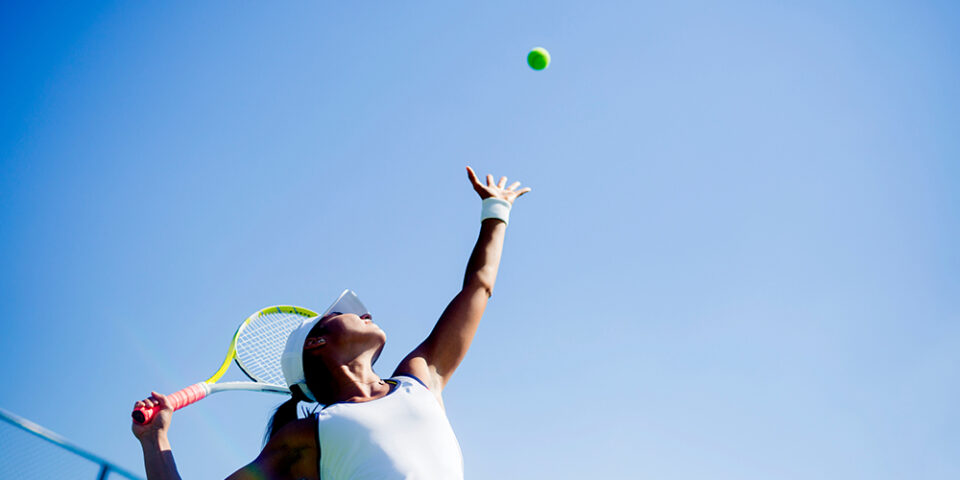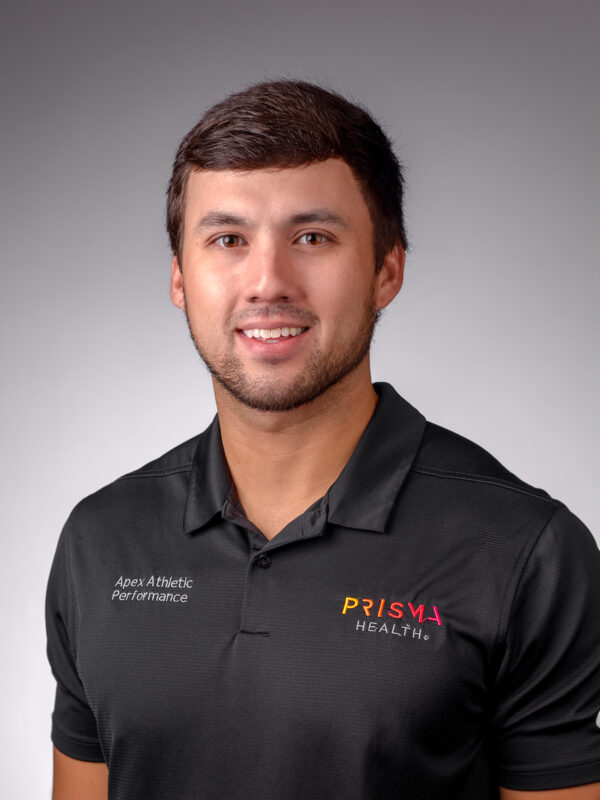Safety tips for overhead athletes
Overhead athletes, who play sports that require overhead motions, such as baseball, tennis and volleyball, can face unique challenges when it comes to injury prevention and self-care of the shoulder. The shoulder is the most mobile joint in the human body, and with that athletes can be more prone to injury.
Physical therapist Sean Odom explained how with proper training and technique, athletes can prevent injuries. He also explained what to look for so you can address a problem before it becomes an issue.
How can overhead athletes prevent shoulder injuries and optimize performance?
Odom said there are three key ways to prevent shoulder injury and optimize performance:
- Proper biomechanics. “Teaching athletes correct form and sport-specific demands can significantly help reduce injury,” Odom said. “Everything we do overhead requires more stability and strength from our shoulder muscle complex. Whether we are throwing or serving, it is important to know the correct and sport specific demands to reduce stress at the shoulder joint.”
- Progressive overload. With overhead athletes, most injuries occur from overuse. This can be a combination where athletes increase intensity, frequency or volume too quickly. A strength and conditioning program focused on gradual progression will help muscles grow and adapt without increased risk of injury.
- Recovery and rest. Adequate recovery and rest are essential for proper muscle development. Athletes, with help from their coaches, trainers and physical therapists, should always use rest days to maximize athletic performance. Proper sleep, nutrition and hydration also can aid in the process.
What are some exercises that can help overhead athletes?
Odom recommended focusing on these exercises to increase mobility and strength in overhead athletes:
- Rotator cuff – There are four rotator cuff muscles that are crucial for the overhead athlete. These muscles help stabilize the shoulder joint and eccentrically control throwing motions. Keeping the rotator cuff muscles strong will provide long term stability.
- Core strengthening – A strong core provides a stable base for movements overhead which ultimately decreases excessive stress on the shoulders.
- Plyometric training – Explosive movements like medicine ball throws can aid in increasing power output and overall coordination in overhead athletes.
When does shoulder pain require medical attention?
Odom said athletes should see a doctor if they experience of these symptoms:
- Persistent shoulder pain that worsens with overhead movement
- Decreased range of motion that does not improve with rest and stretching
- Shoulder weakness and instability
- Numbness or tingling that can radiate down the arm or up the neck
- Pain while sleeping at night or that awakens you
“If you’ve tried using stretching, rest, ice and NSAID pain relievers such as ibuprofen or Tylenol and you’re still feeling pain, see a doctor,” Odom said.
Find an orthopedic specialist you trust
Find a provider who’s right for you by viewing their online profiles, star ratings and reviews.
Find an Orthopedic Doctor

